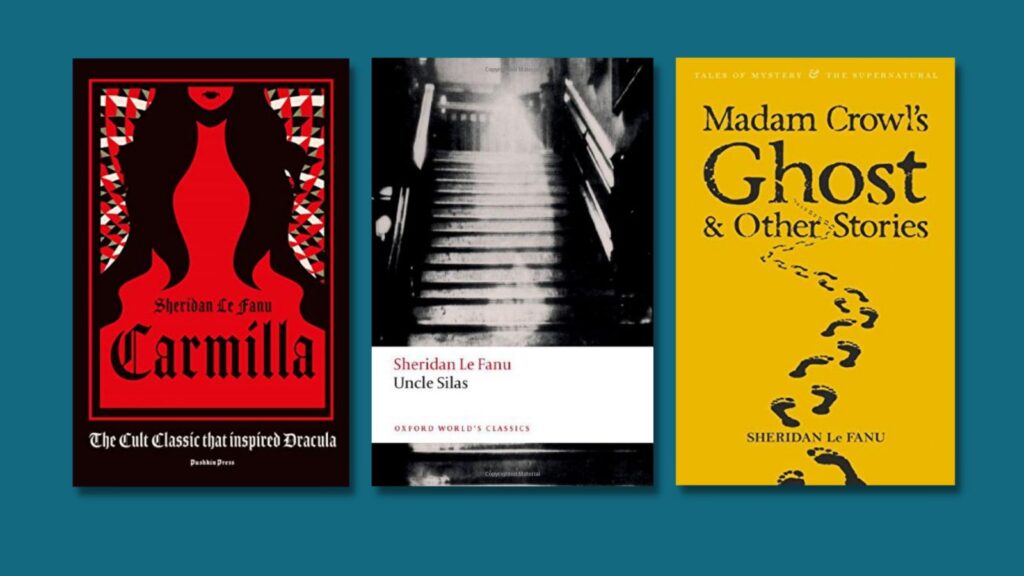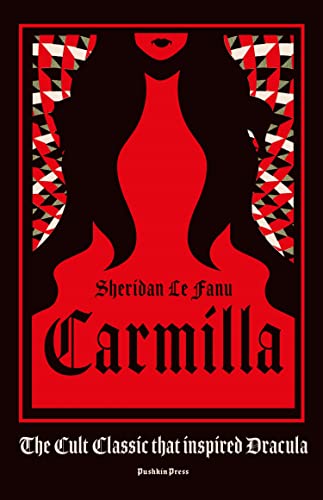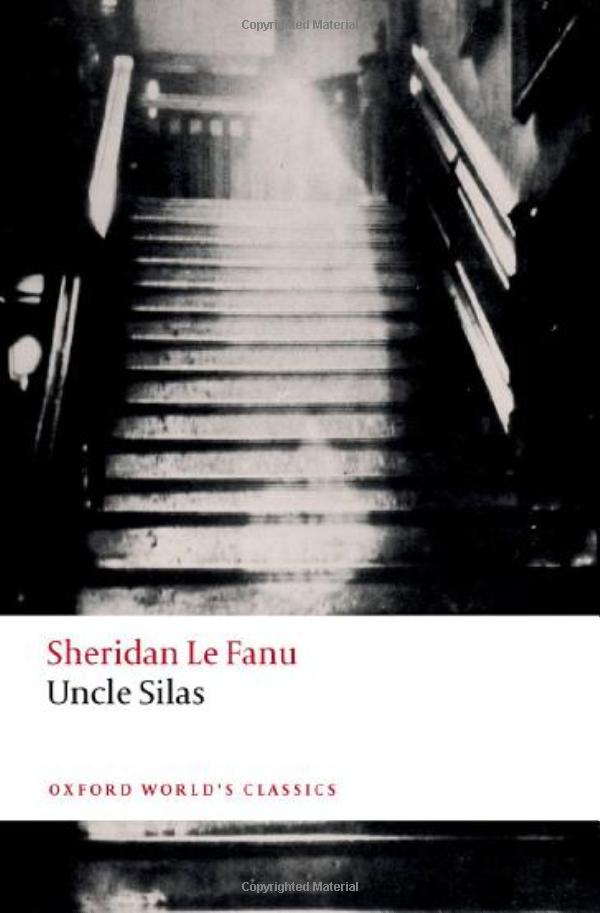
A hundred and fifty years after the author’s death, Tony Canavan looks at the life of Sheridan Le Fanu, and his novel Uncle Silas
by Tony Canavan
Sheridan Le Fanu died one hundred and fifty years ago, giving rise to renewed interest in his work. I have already written about one of his novels, Carmilla (Books Ireland, Sept./Oct. 2016), but his most famous work is the Gothic tale, Uncle Silas, a new edition of which is introduced by Prof. Claire Connolly (Oxford University Press).
Joseph Thomas Sheridan Le Fanu, to give him his full name, was born at 45 Lower Dominick Street, Dublin, into a family of Huguenot, Irish and English descent. His parents were Rev. Thomas Philip Le Fanu and Emma Lucretia Dobbin. His great-uncle was Richard Brinsley Sheridan, the famous playwright.
When Le Fanu was a baby, his family moved to the Royal Hibernian Military School in Phoenix Park when his father was appointed chaplain. In 1826 the family moved to Abington, County Limerick, where Le Fanu’s father took up the rectorship.
Although he had a tutor, Le Fanu largely used his father’s library to educate himself. His father subsequently got various appointments to parishes throughout Ireland necessitating further moves, although they finally settled back in Abington.

Tragedy
Le Fanu studied law at Trinity College Dublin, and although called to the bar in 1839, he never practised. He turned to journalism and in 1838 began contributing stories to the Dublin University Magazine.
In December 1844, he married Susanna Bennett, daughter of a leading Dublin barrister. Their first child, Eleanor, was born in 1845, followed by Emma in 1846, Thomas in 1847 and George in 1854.
In April 1858 Susanna, who had had mental health issues over a number of years, suffered what was described as an “hysterical attack” and died the following day, of what was never made clear.
Le Fanu felt guilty over his wife’s death and he wrote no more fiction until the death of his mother in 1861. He leaned on his cousin Lady Gifford for emotional support, and they remained close until her death.

Serialising novels
In 1861 he became the editor and proprietor of the Dublin University Magazine. He used his position to serialise his novels in the magazine before getting them published in England.
After lukewarm reviews of the House By The Churchyard, set in Dublin’s Chapelizod, Richard Bentley, his London publisher, stipulated that future novels should be stories “of an English subject and of modern times”.
Le Fanu’s first “English” novel was Uncle Silas, which is set in Derbyshire. It was serialized in the Dublin University Magazine in 1864, under the title Maud Ruthyn and Uncle Silas, and appeared in December of the same year as a three-volume novel.
Uncle Silas
It is an early example of the locked-room mystery and was to have an influence on subsequent writers of detective fiction.
Like many of Le Fanu’s novels, Uncle Silas grew out of an earlier short story “A Passage in the Secret History of an Irish Countess” (1839). This gives credence to the idea that, as the author Elizabeth Bowen first said, it is “an Irish story transposed to an English setting”.
In The Irish Times, Prof. Claire Connolly of University College Cork, argued that the chronology of the story reflects the Irish concern for the ancient festivals of Samhain in November and Imbolc in February. I doubt if that is what Bowen had in mind. She may have been speaking the literal truth in that the novel originates in an Irish story, but, given her views on Ireland and England, it is more likely that she meant a story about an inheritance dispute and scheming relatives is characteristic of Ireland.
Uncle Silas is a first-person narrative (like Carmilla) told from the point of view of the adolescent girl Maud Ruthyn, an heiress living with her sombre, reclusive father. On his death, his will stipulates that she live with her Uncle Silas, a supposedly reformed reprobate.
His reputation has been sullied by the suspicious suicide of a man to whom Silas owed money, which occurred in a locked room in Silas’s mansion, Bartram-Haugh. In the event of Maud’s death, her uncle will inherit her father’s estate.
Life at Bartram-Haugh soon takes a strange turn. First Silas’s obnoxious son, Dudley, pursues Maud to be his bride, and then she discovers that Madame de la Rougierre, her former disgraced governess is employed by Silas (and may have been in league with him earlier).
(Spoilers) Maud begins to suspect that Silas and Madame have designs on her life. Her only ally is Silas’s daughter, Milly, but she is sent off to school in France. Madame de la Rougierre tricks Maud into believing that she is taking her to France also, but the girl is drugged and awakens to find herself locked in the very room were the supposed suicide occurred.
In the climax, Madame is drugged by accident, and falls asleep on the bed. Dudley climbs into the room through a window, which has false hinges, and murders her in mistake for Maud, who escapes in the confusion. Uncle Silas dies from an opium overdose and Dudley flees, a wanted man. Our heroine marries the handsome Lord Ilbury.
Success
The novel was highly successful in its day and influential on subsequent Gothic tales and detective stories. It has been adapted for both film and television.
In 1947 a film version was directed by Charles Frank, with Derrick De Marney as Silas and Jean Simmons as the heroine (changed from Maud to Carolyn). In 1969 a feature-length adaptation was made for the Thames Television series Mystery and Imagination. There was a TV version made in 1989 under the title The Dark Angel with Peter O’Toole as Uncle Silas and Beattie Edney as Maud.
There is some truth in the idea that it is an Irish story transferred to England, but, given Le Fanu’s agreement with his publisher, we may assume that from 1864 onwards everything that Le Fanu wrote were essentially Irish stories set in England for commercial purposes.













